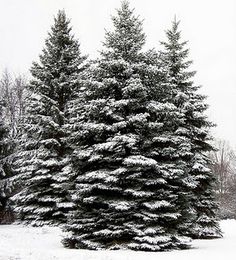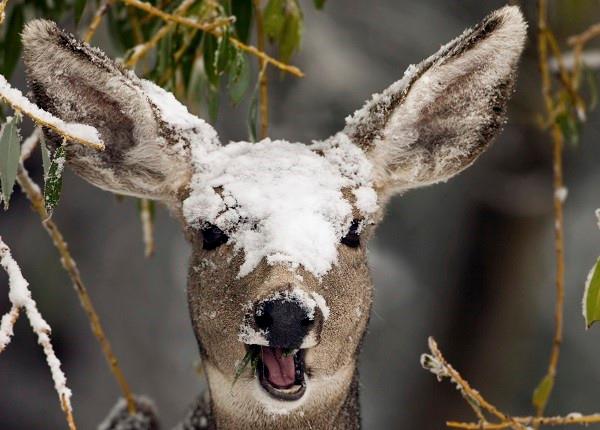John Welch Enterprise, Inc. - Protect your trees in the winter
Tuesday, January 15th, 2019
- Early cold spells can damage plant tissues that haven't had a chance to harden off for the winter.
- Dry winds and winter sun can dry out or "burn" conifer needles and broad-leaf evergreen foliage, which continue to transpire (give off water vapor) during winter.
- Frozen soil means plants can't take up water to replace the moisture lost from evaporation and transpiration.
- Midwinter thaws can "fool" plants into breaking dormancy too early, and the tender new growth may be killed by the next cold snap.
- Alternating freeze/thaw cycles can heave new plants out of the ground, leaving roots exposed to drying wind and sun.
- Bright winter sun heats up dark tree bark, which can freeze and crack when temperatures drop quickly at sunset.
- Deer, mice, rabbits and other animals gnaw bark and browse leaves and twigs when other food becomes scarce during long, cold winters.
Although wet, heavy snow can damage branches, snow cover is usually good for plants. A layer of snow provides moisture and helps insulate the soil and roots from fluctuating temperatures.














